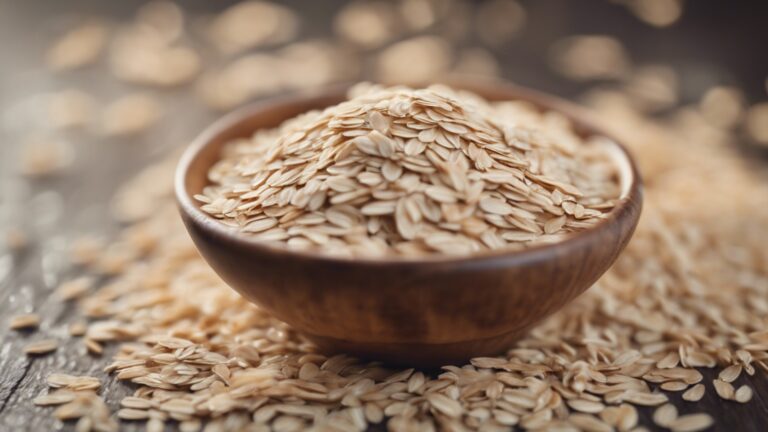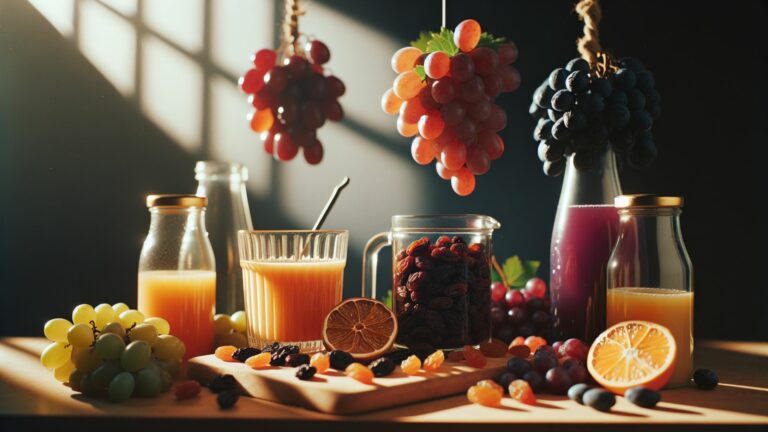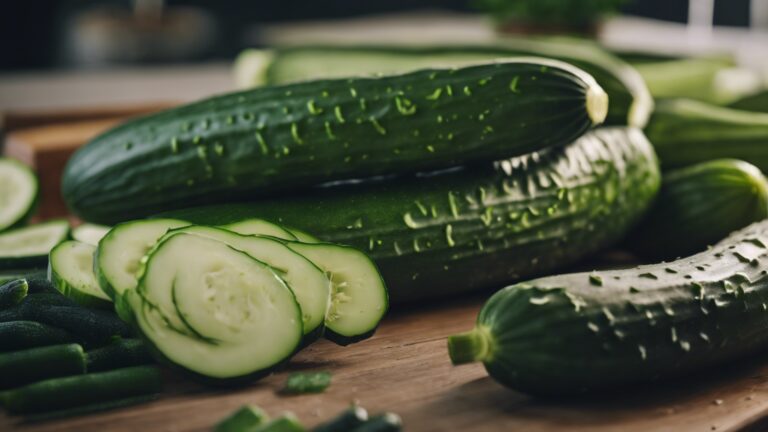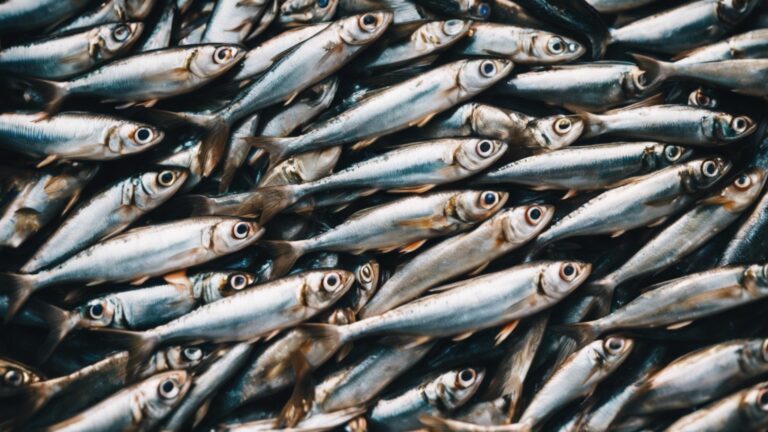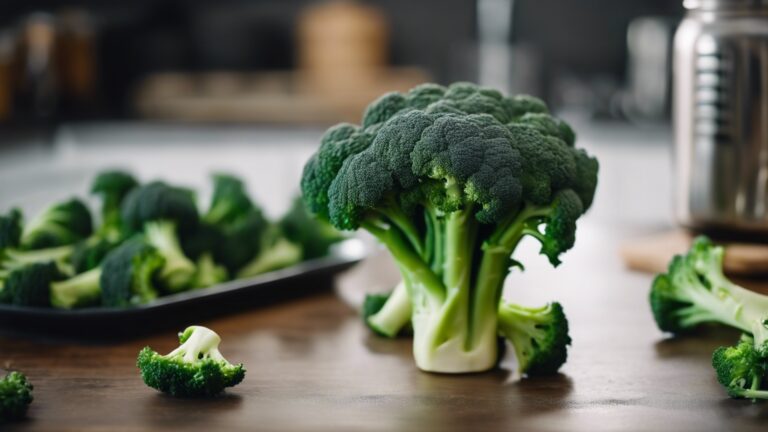
Oysters, clams, and mussels are all delicious seafood options, but they have some key differences. Oysters are known for their briny taste and are commonly enjoyed raw. Clams have a more subtle flavor and are often used in pasta dishes. Mussels taste sweet and savory and are frequently steamed or used in soups. Each shellfish offers a unique culinary experience!
In summary, oysters, clams, and mussels are tasty shellfish with distinct flavors and culinary uses.
| Step | Oysters | Clams | Mussels |
|---|---|---|---|
| 1 | Select live oysters. | Select live clams. | Select live mussels. |
| 2 | Wash oysters under cold water. | Scrub clams to remove any dirt or sand. | Remove the beard from mussels. |
| 3 | Shuck the oysters. | Discard any clams that do not close when tapped. | Remove any mussels with broken shells. |
| 4 | Separate the oyster meat from the shell. | Store live clams in a bowl of cold water. | Store live mussels in a bowl of cold water. |
| 5 | Clean the shells and reserve for presentation. | Clean the shells and reserve them for presentation. | Change the water every 20 minutes to keep mussels alive. |
| 6 | Serve the fresh oysters. | Discard any clams that have broken or opened during cooking. | Discard any mussels that have not opened during cooking. |
Oysters vs. Clams vs. Mussels: A Comprehensive Comparison

In the world of mollusks, three popular types stand out: oysters, clams, and mussels.
These bivalve creatures have been considered culinary delicacies for centuries, and each one offers unique flavors and characteristics.
This article will delve into the similarities and differences between oysters, clams, and mussels to help you understand which one suits your palate and preferences.
1. Taste and Flavor
- Oysters: Oysters are known for their unique briny taste, often described as a combination of saltwater and minerals. They have a delicate, silky texture and a rich, complex flavor that varies depending on the species and the region they are harvested from. Some oysters have a sweet, melon-like taste, while others are more robust and earthy in flavor.
- Clams: Clams have a mild, slightly sweet taste. They are often described as tender and chewy, with a subtle oceanic flavor. While less intense than oysters, clams have a unique sweetness that can be truly delightful.
- Mussels: Mussels have a slightly stronger oceanic taste compared to clams. They are often described as rich and flavorful, with a buttery texture. Mussels have a unique ability to absorb the flavors of the broth or sauce they are cooked in, making them incredibly versatile for various culinary preparations.
2. Size and Shape
- Oysters: Oysters come in various shapes and sizes, depending on the species. They are characterized by their hard, rough shells that are usually elongated and irregular. Oysters can range in size from a few inches to several inches in length.
- Clams: Clams have symmetrical, oval-shaped shells that are smooth and shiny. They are generally smaller than oysters and have a more uniform appearance. Clams can range from a few centimeters to a couple of inches long.
- Mussels: Mussels have elongated, triangular shells that are typically smooth and dark in color. They are generally smaller than oysters but larger than clams. Mussels can range from a few centimeters to a few inches in length.
3. Nutritional Value
- Oysters: Oysters are highly nutritious and are considered one of the best sources of zinc, iron, and vitamin B12. They are also low in calories and fat, making them an excellent choice for healthy and protein-rich seafood.
- Clams: Clams are also packed with nutritional benefits. They are an excellent source of iron, vitamin B12, and omega-3 fatty acids. Clams are low in calories and protein, making them a healthy addition to any diet.
- Mussels: Mussels are incredibly nutritious, containing high levels of protein, omega-3 fatty acids, vitamin B12, and iron. They are also low in calories and fat, making them a healthy and sustainable seafood choice.
4. Culinary Uses
- Oysters: Oysters are often enjoyed raw on the half-shell, allowing their unique flavor and texture to shine. They can also be grilled, steamed, or used in various cooked preparations such as soups, stews, and seafood dishes.
- Clams: Clams are commonly used in clam chowder, pasta dishes, and seafood boils. They can also be steamed, baked, or grilled. Some varieties, like razor clams, are prized for their tenderness and are often paired with more delicate flavors.
- Mussels: Mussels are incredibly versatile and can be steamed, sautéed, baked, or used in various dishes, including pasta, curries, and soups. They are often paired with flavorful broths, herbs, and spices to enhance their natural taste.
5. Sustainability
- Oysters: Oysters are highly sustainable and are considered beneficial to the environment. They help filter and clean the water by consuming algae and other particles, making them an eco-friendly choice.
- Clams: Clams are also sustainable and have a minimal environmental impact. They are filter feeders like oysters, contributing to water quality improvement.
- Mussels: Mussels are one of the most sustainable seafood options available. They are also filter feeders, helping to improve water quality and minimize environmental impact.
Frequently Asked Questions
1. What is the difference between oysters, clams, and mussels?
Oysters, clams, and mussels are all types of bivalve mollusks. Oysters have a smoother, more elongated shell, while clams have a rounder shell and mussels have a elongated and triangular shell.
2. Are oysters, clams, and mussels safe to eat?
Yes, when harvested from clean and regulated waters, oysters, clams, and mussels are safe to eat. However, it is important to properly cook them to reduce the risk of foodborne illnesses.
3. How do you cook oysters, clams, and mussels?
Oysters, clams, and mussels can be cooked in various ways, such as steaming, baking, grilling, or frying. They are often enjoyed raw as well. Cooking times may vary, but they are generally cooked until their shells open.
4. Are oysters, clams, and mussels healthy to eat?
Yes, oysters, clams, and mussels are highly nutritious. They are low in calories, high in protein, and a good source of vitamins, minerals, and Omega-3 fatty acids. However, people with shellfish allergies should avoid them.
5. Do oysters, clams, and mussels have the same taste?
No, oysters, clams, and mussels have distinct flavors. Oysters have a briny, slightly metallic taste. Clams have a mild, slightly sweet taste. Mussels have a sweeter, more delicate flavor.
6. Can you eat oysters, clams, and mussels raw?
Yes, oysters, clams, and mussels can be consumed raw. However, it is important to ensure they are from a reputable source, properly cleaned, and handled with care to reduce the risk of foodborne illnesses.
7. How long do oysters, clams, and mussels stay fresh?
Oysters, clams, and mussels should be consumed immediately after purchase for optimal freshness. They are highly perishable and should be stored in a cool, well-ventilated place and consumed within a day or two.
8. Can you freeze oysters, clams, and mussels?
While it is possible to freeze oysters, clams, and mussels, their texture may change after thawing, resulting in a less desirable eating experience. It is best to enjoy them fresh.
9. Can you use oysters, clams, and mussels in recipes?
Yes, oysters, clams, and mussels are versatile ingredients in various recipes, such as soups, stews, pasta dishes, and seafood platters. Their unique flavors and textures can enhance a wide range of dishes.
10. Are oysters, clams, and mussels environmentally sustainable?
Oysters, clams, and mussels can be environmentally sustainable when sourced from well-managed fisheries and aquaculture operations.
These bivalves play a role in improving water quality and contribute to the overall health of aquatic ecosystems.
Conclusion
In conclusion, oysters, clams, and mussels each offer a unique culinary experience. Oysters are known for their briny flavor and delicate texture, while clams have a mild sweetness and tender chewiness.
Mussels, on the other hand, possess a rich, buttery taste and adapt well to various preparations.
Whether you prefer the raw, half-shell experience of oysters or the versatility of mussels in your favorite seafood dishes, these bivalve mollusks provide a range of flavors and textures to suit every palate.
Whichever you choose, you can be sure to enjoy a nutritious and sustainable addition to your seafood repertoire.


